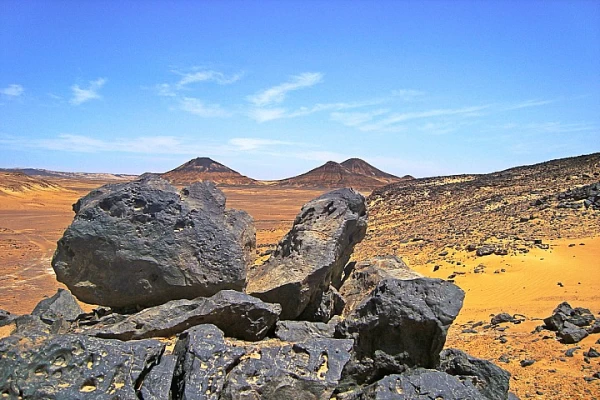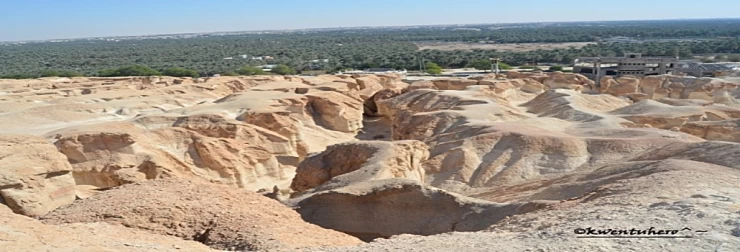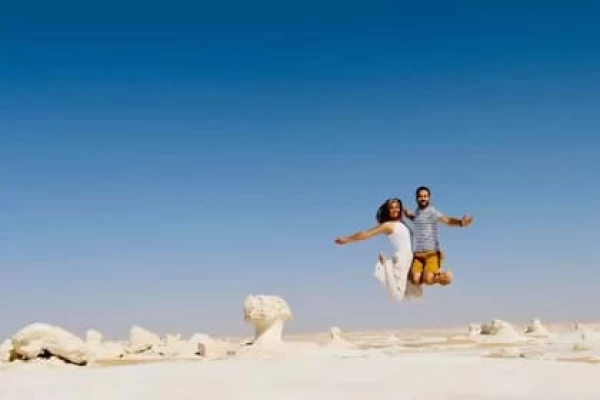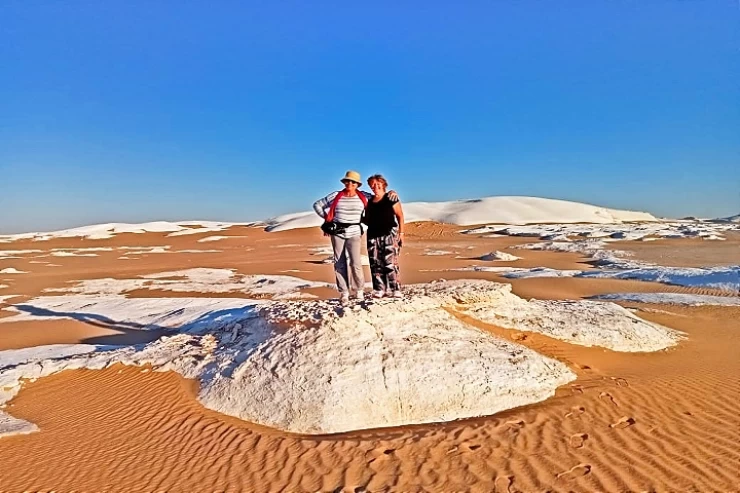
The Black Desert: Egypt's Top Natural and Tourist Attractions
The “Black Desert” in the Bahariya Oasis is one of the most important natural tourist attractions in Egypt and the world, which is made up of mountains of volcanic rocks scattered like an archipelago of islands, according to Dr. Mahmoud Ibrahim, a professor at the Department of Geography at Mansoura University. Egypt Travel Packages often include the Black Desert as a must-see destination for adventurous travelers.
The Bahariya Oasis Reserve contains many unique geological forms that characterize this region, and it is one of the most important attractions that attract tourists, with approximately 70,000 tourists visiting it annually. Visitors booking Egypt Day Tours often explore the desert's geological wonders and rich history.
It is considered one of the most important features that characterize the Bahariya Oasis, as the black hills are concentrated in the south of the Bahariya Oasis depression and are characterized by black basalt cliffs that indicate the presence of previous volcanic activity in the region and volcanic eruptions, and contain iron oxides in their red, orange, and yellow colors. Egypt Shore Excursions frequently include a stop at the Black Desert for those looking to experience Egypt’s hidden natural gems.
The Black Mountains are associated with some historical events that date back to the British occupation of Egypt, such as the “English Mountain,” which was named after the English troops stationed on it during the British occupation of the oasis, and the ruins on its summit date back to the First World War. The mountain is characterized by its black summit because it contains basalt stones, which are volcanic rocks that indicate ancient volcanic activity in the region, and its height reaches 200 meters. The mountain's tourist importance is due to its location in the middle of the urban area of Bahariya Oasis.
Tall El Dast and El Maghrafa are world-famous for the discovery in 2000 of fossils of the bones of the second-largest dinosaur in the world, dating back about 94 million years during the Cretaceous period.
It contains many eyes that reach up to 700 eyes. The oases include many sulfur and mineral springs that are characterized by cold water and hot water, such as Ain Al-Bashmu, Al-Hobja and Bir Gabba, or the water extracted from them is used to treat many skin and rheumatic diseases.
Bahariya Oasis has many tourist attractions dating back to Pharaonic and Roman times, such as the Valley of the Golden Mummies and the Church of St. George. It also contains many different species of rare and endangered birds, insects, and plants that characterize this region, which attracts scientists in many disciplines to study these species.

















